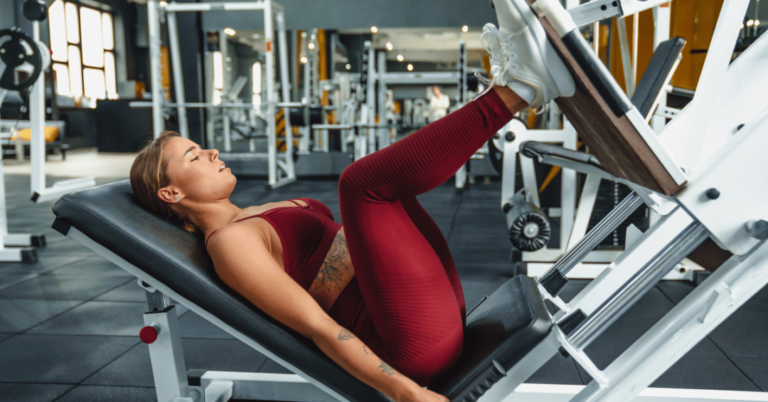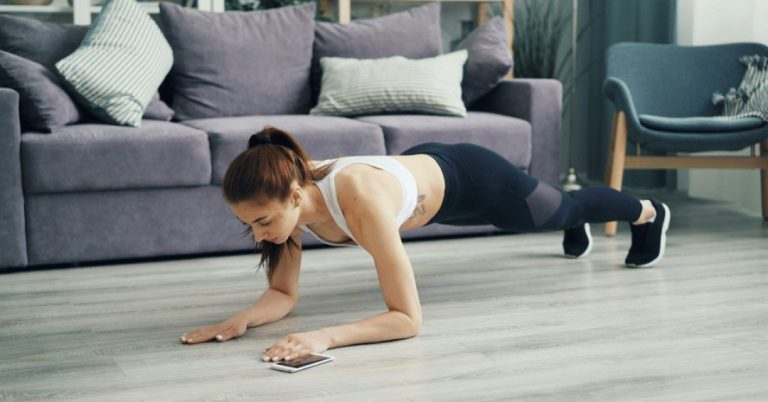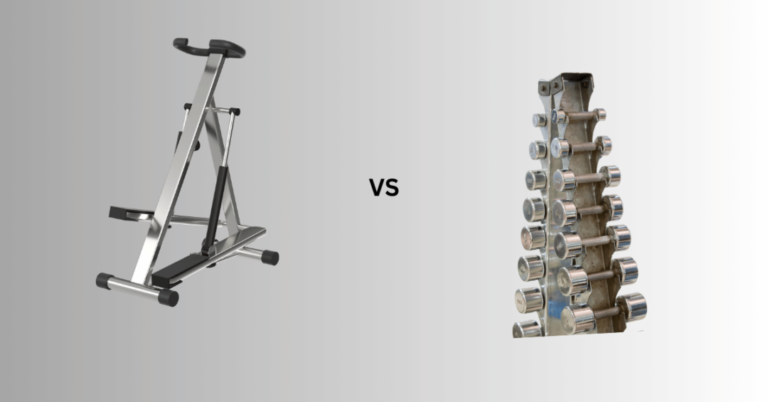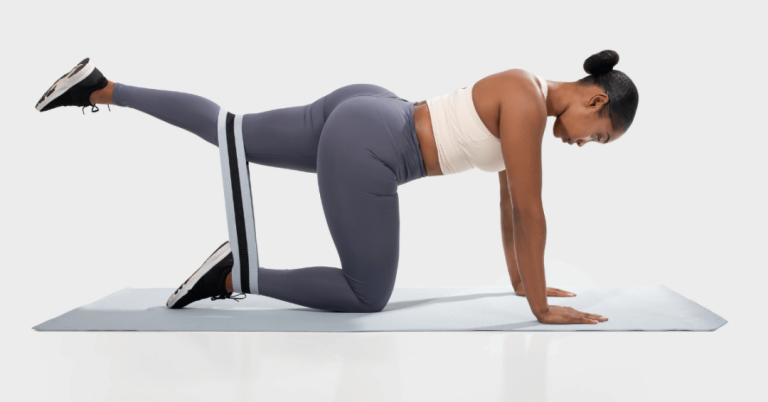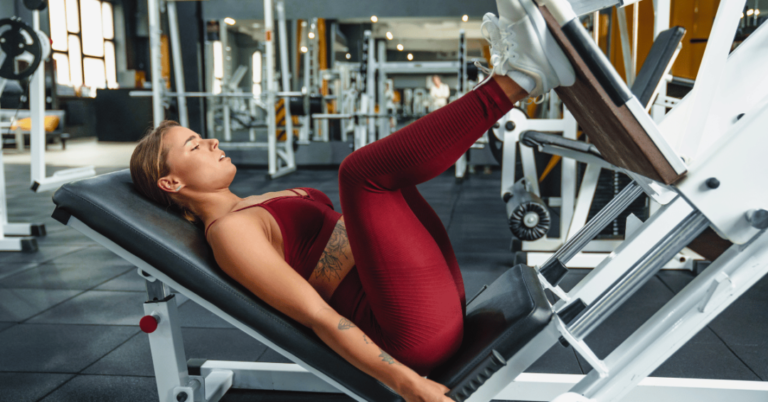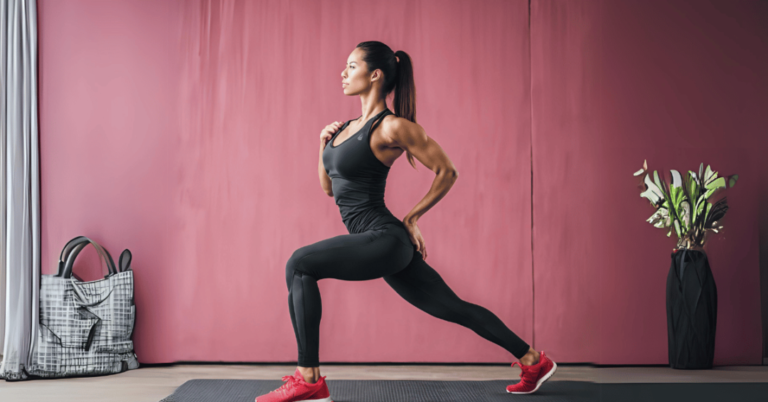Growing Glutes: Best Glute Exercises To Build Your Glutes
Some links on this page are affiliate links (including Amazon Associate links) which means that, if you choose to make a purchase, we may earn a small commission at no extra cost to you. We greatly appreciate your support!
Are you ready to level up your lower body game and sculpt those enviable curves? Whether you’re aiming for a peachy posterior, looking to boost your athletic performance, or simply want to build muscles for everyday activities, we’ve got you covered. From the best exercises for growing glutes to tips on optimizing your workout routine, consider this your ultimate guide to training your glutes. So, crank up your favorite workout playlist, and get ready to embark on a journey to stronger, firmer, and more defined glutes.
Best Glute Exercises: What Are The Best Exercises to Grow Your Glutes?
1. Glute Bridge
Overview:
The glute bridge is a foundational exercise that primarily targets the gluteus maximus, the largest muscle in the buttocks. It’s an effective way to activate your glutes while also engaging the core and hamstrings.
How to do it:
- Laying on your back bend your knees with your feet hip-width apart and flat on the floor.
- With your hips lifted toward the ceiling, squeeze your glutes, and engage your core.
- Maintain the position briefly, then gradually lower your hips back to the starting position.
- Finish the desired number of repetitions.
Benefits:
- Builds strength and endurance in the glute muscles.
- Helps the hip with mobility and stability.
- Can be easily modified by adding weight or using variations such as single-leg or elevated feet bridges.
2. Squats
Overview:
Squats target multiple muscle groups, including the glutes, quadriceps, hamstrings, and core. They are highly effective for building lower body strength and muscle mass.
How to do it:
- Place your feet hip-width apart with your toes angled slightly outward.
- Go down by flexing your knees and hips, mimicking the motion of sitting in an imaginary chair.
- Keep your chest up and your back straight, and lower yourself until your thighs are parallel to the ground.
- Drive through your heels and return back to the initial pose.
- Perform the prescribed number of repetitions.
Benefits:
- Targets the glutes, quadriceps, hamstrings, and core muscles.
- Improves lower body strength, power, and overall athleticism.
- Can be performed with various equipment such as barbells, dumbbells, or just body weight.
3. Walking Lunges
Overview:
Walking lunges are a dynamic lower body exercise that strengthens the glutes, quadriceps, hamstrings, and calves. They also improve balance, coordination, and flexibility.
How to do it:
- Standing with feet together, take a step forward using your right foot.
- Bend your knees to a 90-degree angle, with your back knee hanging slightly above the ground.
- Drive through your right heel and return back to the initial pose.
- Repeat the movement with your left leg, alternating legs as you walk forward.
Benefits:
- Targets multiple lower body muscle groups, including the glutes.
- Improves balance, coordination, and flexibility.
- Can be easily modified by adding weight or performing reverse lunges instead.
4. Single-Leg Romanian Deadlift
Overview:
The single-leg Romanian deadlift is a unilateral exercise that targets the glutes, hamstrings, and lower back while also improving balance and stability.
How to do it:
- Stand on one leg with a slight bend in the knee and hold a dumbbell or kettlebell in one hand.
- Hinge at the hips and lower your torso towards the ground while extending your free leg straight behind you.
- Make sure your back is straight and chest up throughout.
- Lower the weight until you feel a stretch in your hamstring, then return to the starting position.
- Repeat all of your repetitions before changing legs.
Benefits:
- Targets the glutes, hamstrings, and lower back.
- Improves balance, stability, and proprioception.
- Helps correct imbalances between muscles on the left and right sides of the body.
5. Barbell Hip Thrusts
Overview:
Barbell hip thrusts are a highly effective exercise for targeting the glutes, particularly the gluteus maximus, and are often used for building strength and size in the buttocks.
How to do it:
- Sit on the ground with your upper back against a bench and a barbell across your hips.
- Roll the barbell over your thighs and position it directly above your hips.
- Put your feet hip-width apart and firmly on the ground.
- Push your heels and lift your hips towards the ceiling forming a straight line from your shoulders to your knees.
- Squeeze your glutes, then lower your hips back down to the start.
- Perform the prescribed number of repetitions.
Benefits:
- Isolates and targets the glutes, particularly the gluteus maximus.
- Allows for heavy loading, making it effective for building strength and muscle mass.
- Can be progressed by increasing weight, adding resistance bands, or performing single-leg variations.
6. Step-Ups
Overview:
Step-ups are a functional lower body exercise that targets the glutes, quadriceps, and hamstrings while also improving balance and coordination.
How to do it:
- Stand with feet hip-width apart in front of a bench or step.
- Place one foot on the bench or step and push your heel to lift your body onto it.
- Keep your chest up and your core engaged as you step up onto the bench.
- Lower yourself back down with control, tapping your opposite foot lightly on the ground.
- Perform the prescribed number of repetitions on one leg before switching sides.
Benefits:
- Targets the glutes, quadriceps, and hamstrings.
- Improves balance, coordination, and single-leg strength.
- Can be easily modified by adjusting the height of the step or adding weight.
7. Donkey Kicks
Overview:
Donkey kicks are a bodyweight exercise that targets the glutes, particularly the gluteus maximus, and can help improve hip extension and stability.
How to do it:
- Place hands and knees in a tabletop position with wrists under the shoulders and knees under the hips.
- Engage your core and lift one knee off the ground, keeping it bent at a 90-degree angle.
- Drive your heel up towards the ceiling, squeezing your glutes at the top of the movement.
- Slowly lower your knee back down.
- Perform the prescribed number of repetitions on one leg before switching sides.
Benefits:
- Targets the gluteus maximus and helps improve hip extension.
- Can be performed without any equipment and easily modified by adding ankle weights.
- Helps improve stability and control in the hips and core.
8. Cable Kickbacks
Overview:
Cable kickbacks are a great isolation exercise for targeting the glutes, particularly the gluteus maximus, and can help improve muscle definition and strength.
How to do it:
- Attach an ankle cuff to the lowest setting on a cable machine and adjust the weight.
- Face the machine and attach the cuff to your ankle, standing a few feet away from the machine.
- Bend forward slightly at the hips and hold onto the machine for support.
- Keeping your core engaged, kick your working leg straight back behind you, focusing on squeezing your glutes at the top of the movement.
- Slowly lower your leg back down.
- Repeat
Benefits:
- Targets the gluteus maximus for enhanced muscle definition.
- Improves glute strength and endurance.
- Can be adjusted to target different areas of the glutes by changing the angle of the kickback.
How Often Should I Workout My Glute Muscles To Grow Glutes?
Optimal Frequency For Glute Growth
To maximize glute growth and development, it’s essential to find the right balance between frequency and intensity in your workouts. While individual preferences and goals may vary, a general guideline for training the glutes is to aim for 2-4 sessions per week. This frequency allows for adequate stimulus to promote muscle growth while allowing for sufficient recovery between sessions.
When planning your glute workouts, consider incorporating a mix of compound exercises (such as squats, deadlifts, and lunges) along with targeted isolation exercises (such as hip thrusts, glute bridges, and cable kickbacks). Varying the exercises and intensity can help prevent plateaus and ensure comprehensive muscle stimulation.
Importance of Rest and Recovery
Rest and recovery are equally important as training when it comes to building stronger and more defined glutes. During exercise, you create micro-tears in the muscle fibers, and it’s during rest periods that these fibers repair and grow stronger. Adequate rest also helps prevent overtraining, reduces the risk of injury, and ensures optimal performance in subsequent workouts.
In addition to scheduling rest days between glute workouts, prioritize overall recovery strategies such as:
- Proper Nutrition: Ensure you’re consuming enough protein to support muscle repair and growth, as well as a balanced diet rich in vitamins and minerals.
- Quality Sleep: Aim for 7-9 hours of quality sleep per night to facilitate muscle recovery and hormone regulation.
- Active Recovery: Incorporate light activities such as walking, yoga, or foam rolling on rest days to promote blood flow and alleviate muscle soreness.
- Hydration: Drink plenty of water throughout the day to support hydration and muscle function.
By allowing adequate time for rest and recovery between workouts, you’ll optimize your glute training efforts and achieve better results in the long run. Listen to your body’s signals and adjust your training frequency and intensity as needed to ensure continued progress while minimizing the risk of burnout or injury.
How Long Does It Take To Build Your Glutes?
The timeline for noticeable glute growth can vary significantly from person to person and depends on various factors, including genetics, training experience, nutrition, and consistency in workout routines. While some individuals may see noticeable improvements in a matter of weeks, others may require several months or even years to achieve their desired results.
1. Initial Progress:
In the initial stages of glute training, beginners often experience rapid improvements in muscle strength and endurance due to neuromuscular adaptations. During this phase, the nervous system becomes more efficient at recruiting muscle fibers, leading to increased strength gains without significant changes in muscle size. Beginners may start to notice enhanced muscle tone and definition within a few weeks of consistent training.
2. Muscle Hypertrophy:
Building substantial muscle mass in the glutes, known as muscle hypertrophy, typically requires a longer-term commitment to consistent training and proper nutrition. While individual rates of muscle growth vary, most people can expect to see noticeable changes in glute size and shape within 8-12 weeks of dedicated resistance training. During this time, muscles undergo structural changes, including an increase in muscle fiber size and protein content, resulting in visible gains in muscle volume and definition.
3. Continued Progress:
Continued progress in glute growth beyond the initial 8-12 week period depends on several factors, including progressive overload, nutrition, recovery, and genetic predisposition. By continuously challenging the glute muscles with progressively heavier weights, increasing training volume, and incorporating a variety of exercises, individuals can stimulate ongoing muscle growth and development over time. Consistency in training, proper nutrition to support muscle repair and growth, and adequate rest and recovery are essential for maximizing glute gains and achieving long-term success.
4. Patience and Persistence:
It’s important to remember that building glutes, like any other muscle group, is a gradual process that requires patience, persistence, and dedication. While some individuals may achieve significant results relatively quickly, others may need more time to see noticeable changes. Focus on progress rather than perfection, celebrate small victories along the way, and stay committed to your training and nutrition regimen for the best chance of achieving your desired glute goals. With consistent effort and a positive mindset, you can make significant strides in growing your glutes and achieving the strong, sculpted physique you desire.
How Can You Build Strong Glutes Faster?
Increasing Weight and Resistance
One effective way to accelerate glute growth is by progressively overloading the muscles with increased weight and resistance. As your glute muscles adapt to the demands placed upon them, it’s essential to continuously challenge them by gradually increasing the weight lifted or resistance used in your exercises.
When performing compound movements like squats, deadlifts, and hip thrusts, aim to gradually add more weight to the barbell or use heavier dumbbells or kettlebells. For isolation exercises such as cable kickbacks, donkey kicks, and resistance band exercises, you can increase resistance by using stronger bands or ankle weights.
Implementing a progressive overload strategy not only stimulates muscle growth but also enhances strength and overall muscle development in the glutes, leading to faster and more noticeable results over time.
Focusing On Glute Activation
To optimize glute growth, it’s crucial to ensure proper activation of the glute muscles during exercises. Many individuals may unintentionally rely on other muscle groups, such as the quadriceps or lower back, to perform movements, leading to underdeveloped glutes and potential imbalances.
To enhance glute activation during exercises, focus on the following techniques:
- Mind-Muscle Connection: Concentrate on mentally connecting with your glute muscles and intentionally engaging them throughout each exercise. Visualize your glute muscles contracting with every rep.
- Proper Form and Technique: Pay close attention to your form and technique during exercises to ensure proper activation of the glutes. Avoid using momentum or swinging motions and instead focus on controlled movements with a full range of motion.
- Pre-Activation Exercises: Incorporate pre-activation exercises into your warm-up routine to prime the glute muscles and improve their activation during subsequent exercises. Examples include clamshells, glute bridges, and lateral band walks.
By emphasizing glute activation and ensuring proper form and technique during your workouts, you’ll effectively target the glute muscles and stimulate their growth, resulting in faster progress and more significant improvements in glute size and strength.
Conclusion
Training glutes isn’t just about aesthetics—it’s about enhancing functional strength, improving athletic performance, and promoting overall physical health. In this comprehensive guide, we’ve explored the best exercises to grow your glutes, the optimal frequency and strategies for growth, and the importance of glute muscles in exercises.
By incorporating a variety of exercises like squats, lunges, hip thrusts, and cable kickbacks, you can effectively stimulate muscle engagement and growth while enhancing strength, power, and stability. Additionally, prioritizing proper form, progressive overload, and glute activation techniques can help maximize your training results and accelerate progress.
Remember that consistency, patience, and proper recovery are key factors in achieving your desired glute goals. Listen to your body, adjust your training regimen as needed, and prioritize rest and recovery to ensure continued progress and prevent overuse injuries.
Whether you’re striving for stronger glutes for athletic performance or simply aiming to improve your overall physique and confidence, following the principles outlined in this guide will set you on the path to success. Embrace the challenge, stay dedicated to your fitness journey, and enjoy the rewards of a stronger, healthier, and more resilient body with sculpted glutes to match.
